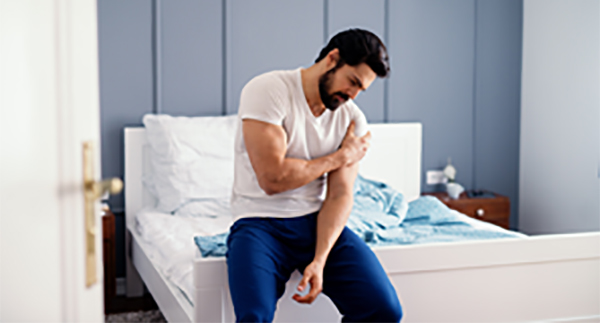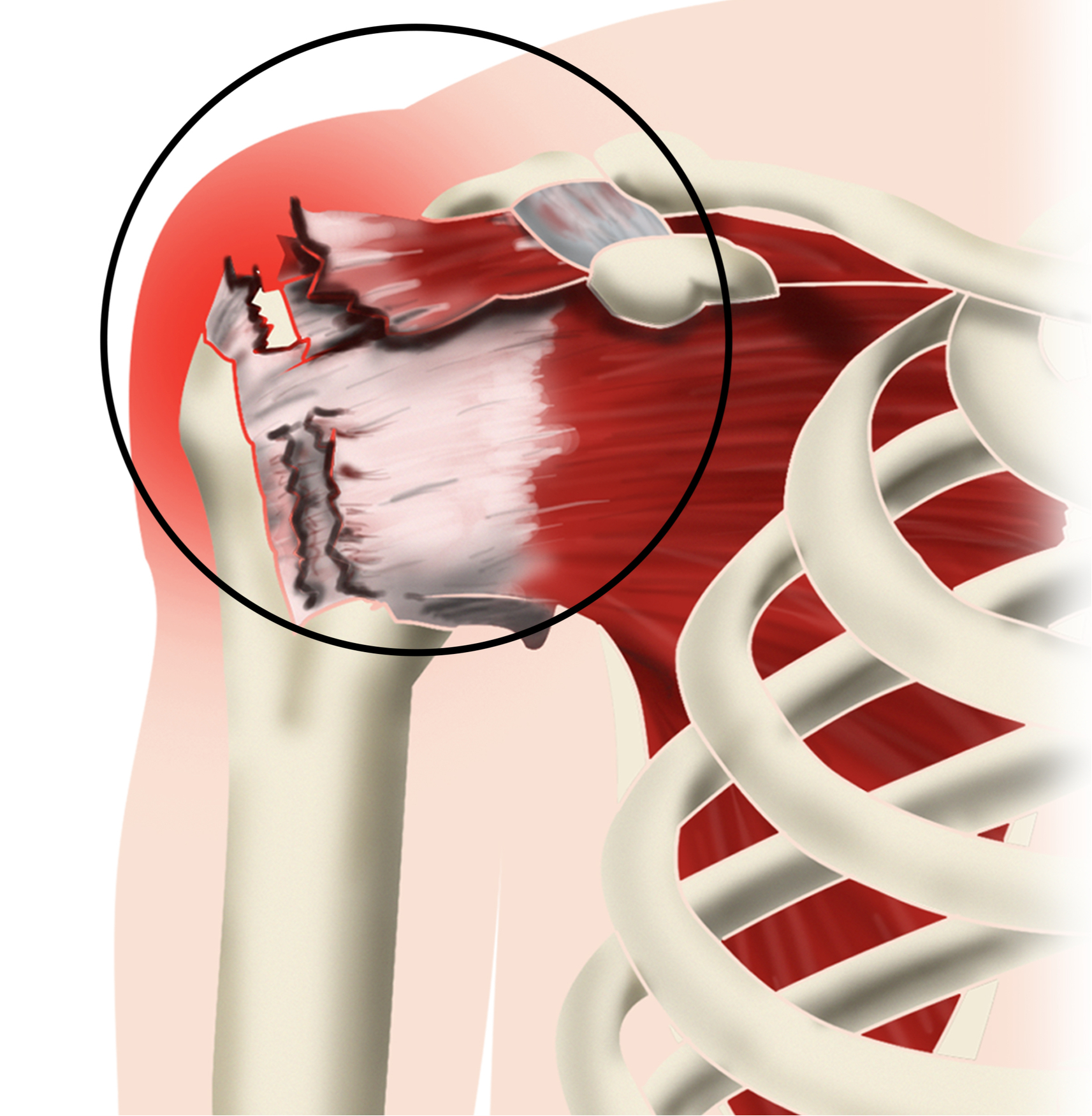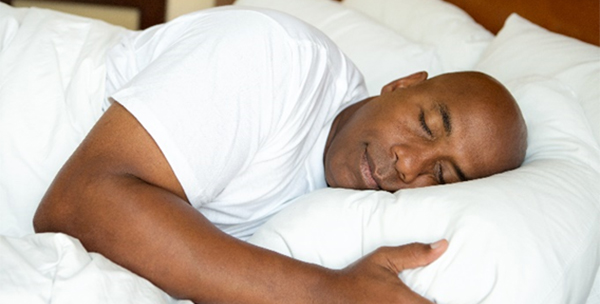How can you tell if you have a rotator cuff tear at home
Not all pain in the shoulder is shoulder pain. Most people are really surprised to learn that pain in the shoulder can come from anything from breast cancer to an ectopic pregnancy. The problem is that a rotator cuff tear, when present, may need a surgical repair to get better. And to make matters worse, [...]
read more
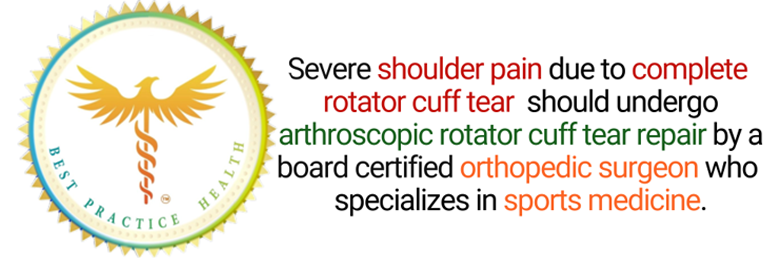
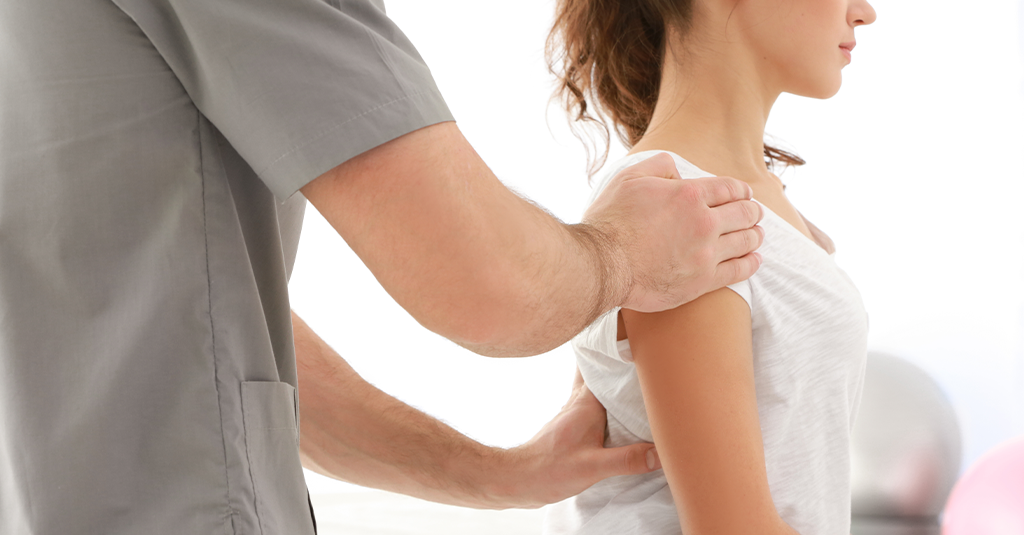

 Subscribe!
Subscribe!